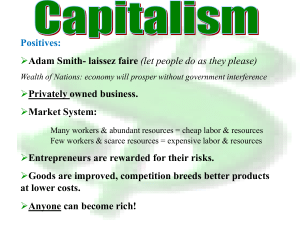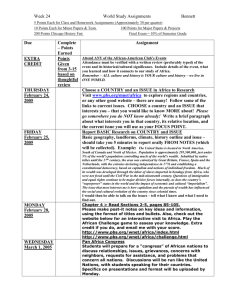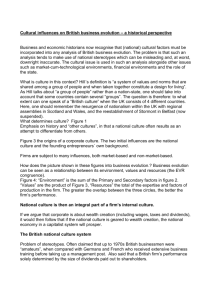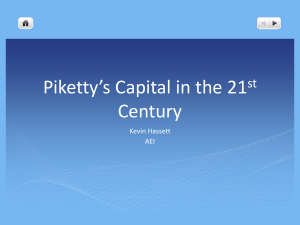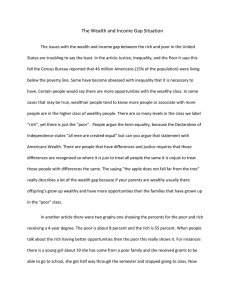11.11 - WordPress.com
advertisement
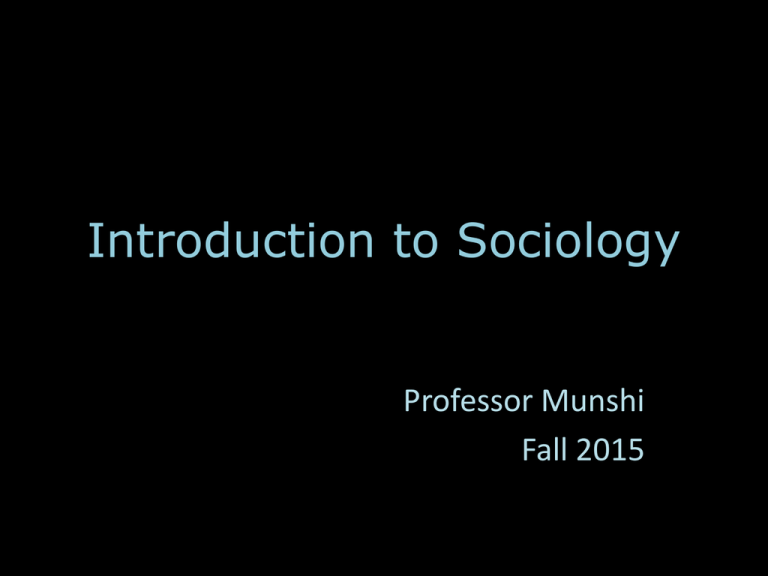
Introduction to Sociology Professor Munshi Fall 2015 Defining “Class” Class: the economic position in which one is located and the opportunities associated with this position; class position is a product of forces beyond individual control Why is it hard to talk about class? Myths about class in the United States: • The U.S. is a middle-class country. • Class doesn’t matter in the U.S. • We live in a land of upward mobility. • Everyone has an equal chance to succeed. [from the Mantsios reading] Realities about class in the U.S. • Richest 20% hold 90% of the wealth in the U.S. – This means 80% of the population shares 10% of the wealth. • Wealthiest 1% has 36% of the wealth • 1 out of 7 people live below the poverty line • 42 million poor people (2010) • 1 out of 5 children live in poverty (2010) Realities about class in the U.S. 1. We do not live in a classless society 2. The middle class holds only a small share of the wealth and that share is shrinking 3. Class position affects our well-being 4. Class position is not easy to change [79% of people move up or down one quintile; most stay in the same quintile.] 5. Wealth and power are linked 6. Race, class and gender intersect & racism and sexism grow the impacts of class in society. Global Inequality U.S. Inequality Period of prosperity: postWW 2 late 1970s Education: G.I. Bill [Serviceman’s Readjustment Act 1944]; Increase in investments in public universities Labor Unions: grew in size/power What happened in the late 1970s/afterwards? – Decreases in the power of labor unions • PATCO strike broken by Reagan (1981) – Flattening of public education – Globalization and technology – Decline in wages • More women in the workforce • People are working more • People are more in debt Neoliberal Capitalism (1970s onward) Form of capitalism that believes in and practices: – The government should not regulate the market – Privatization of social welfare/reduction in government spending
